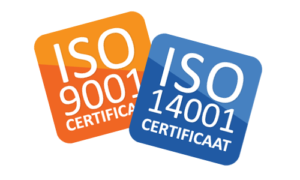Silicon Undoped Sputtering Targets and Applications
Silicon is a very important material that we use in our everyday life. The importance of usage of silicon is increasing and we have started to see the materials that are made of silicon.
Silicon has very advantages such as being strong, inert and nontoxic. Of course silicone is being used to obtain thin films for various applications. These films combine the excellent mechanical properties of silicon with the patterning simplicity and flexibility of thin-film technology.
First let us explain what the difference between undoped and doped silicon is. Undoped (instrinsic) silicon is a pure form of the silicon as there is no addition of impurity takes place. On the other hand, when a small quantity of tetravalent or pentavalent impurity like Phosphorus (P) or Boron (B) is added in pure silicon, then a doped (extrinsic) silicon is obtained. They show different properties between each other. For example the electrical conductivity of an undoped silicon is low, whereas in doped silicon the electrical conductivity is high.
Now let’s look at the applications of undoped silicon sputtering targets. Undoped silicon layers can be deposited by low pressure chemical vapor deposition. The most common purpose of using undoped silicon thin films is electrical isolation. To obtain flexible and light weight films silicone sputtering targets will be one the most preferable ones.
In lithium ion batteries a thin film of undoped silicon in carbon-silicon anodes enables a small improvement of energy density. In medical area silicone thin films made of sputtering targets can be preferable for being inert and nontoxic.
You must be logged in to post a comment.


About the author